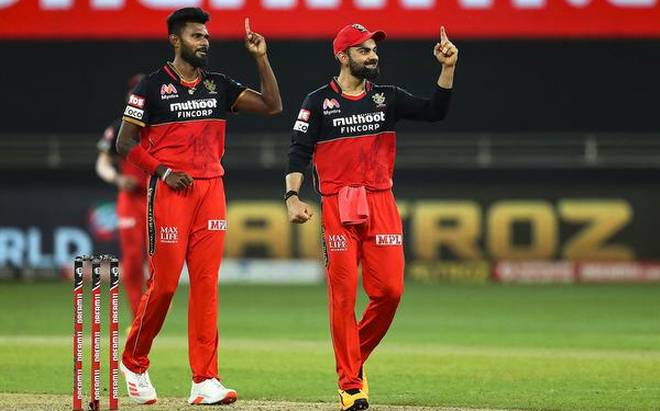Cricket, for those who are new to the sport, can be a bit confusing at times. For instance, not many non-cricket fans can understand how a match that lasts for five days can end up in a draw. If you happen to be new to cricket, then the following guide will definitely help you to get to grips with the rules of this fun sport.

A Look at the Playing Area
A cricket match is played on an oval or circular field, with the playing location being indicated by a rope. These boundary ropes, according to ICC standards, have to be 65-90 yards from the pitch. So, what exactly is the pitch? Isn’t the whole playing area the pitch, like in football? Well, not exactly. The pitch is the rectangle strip in the middle of the field and it is 22 yards long. At either end of the pitch there are three wooden sticks that are called stumps, and on top of these there are two bails. A batsman has to protect their stumps when they are batting.
There is a white line in front of the stumps, and this is called the batting crease. The batsman needs to stay behind the crease or he can get dismissed. The umpires also use the crease to decide is a delivery is legal or not – the bowler has to have some part of their leading foot behind the line when they release the ball.
How Are Runs Scored?
The aim in a cricket game is to score more runs than the opposite team, but how does a batsman go about scoring runs? Well, there needs to be a batsman at both ends of the pitch, which is the reason why a team is all out when they have lost ten batsmen, although 11 players make up a team. A batsman can score runs by hitting the ball into a gap in the field and then running to the opposite end, while his partner runs to his end – each time this is done, one run is added to the team total. If the batsman hits the ball and it rolls along the carpet (grass) to the rope, 4 runs are awarded. If the batsman hits the ball over the rope without it touching the grass, they are awarded 6 runs.

What Are the Different Ways to Pick up a Wicket?
The fielding team has to try and restrict the number of runs that the batting team makes. This is where bowlers come into play, but fielders play a big part too. The best way to stop a team getting runs is to get batsmen out, and there are a number of different ways that this can be done.
Bowled: If the batsman does not hit the ball and it gets through his defence and hits the stumps behind him, he is out.
Caught: If the batsman hits the ball and a fielder catches it before it hits the grass, he is out.
Leg Before Wicket: This is shortened to LBW and occurs when the ball would have gone on to hit the stumps but was blocked by the batsman’s legs.
Stumped: If the batsman goes out of his crease (remember the white line we spoke about earlier), misses the ball and the wicket-keeper (the fielder behind the stumps with gloves) gathers the ball and takes the bails off before the batsman gets back beyond the line, he is out.
Run Out: If the batsman goes for a run and a fielder manages to throw the ball at the stumps before either of the batsmen have made their ground (got to the other crease), then the batsman is out.